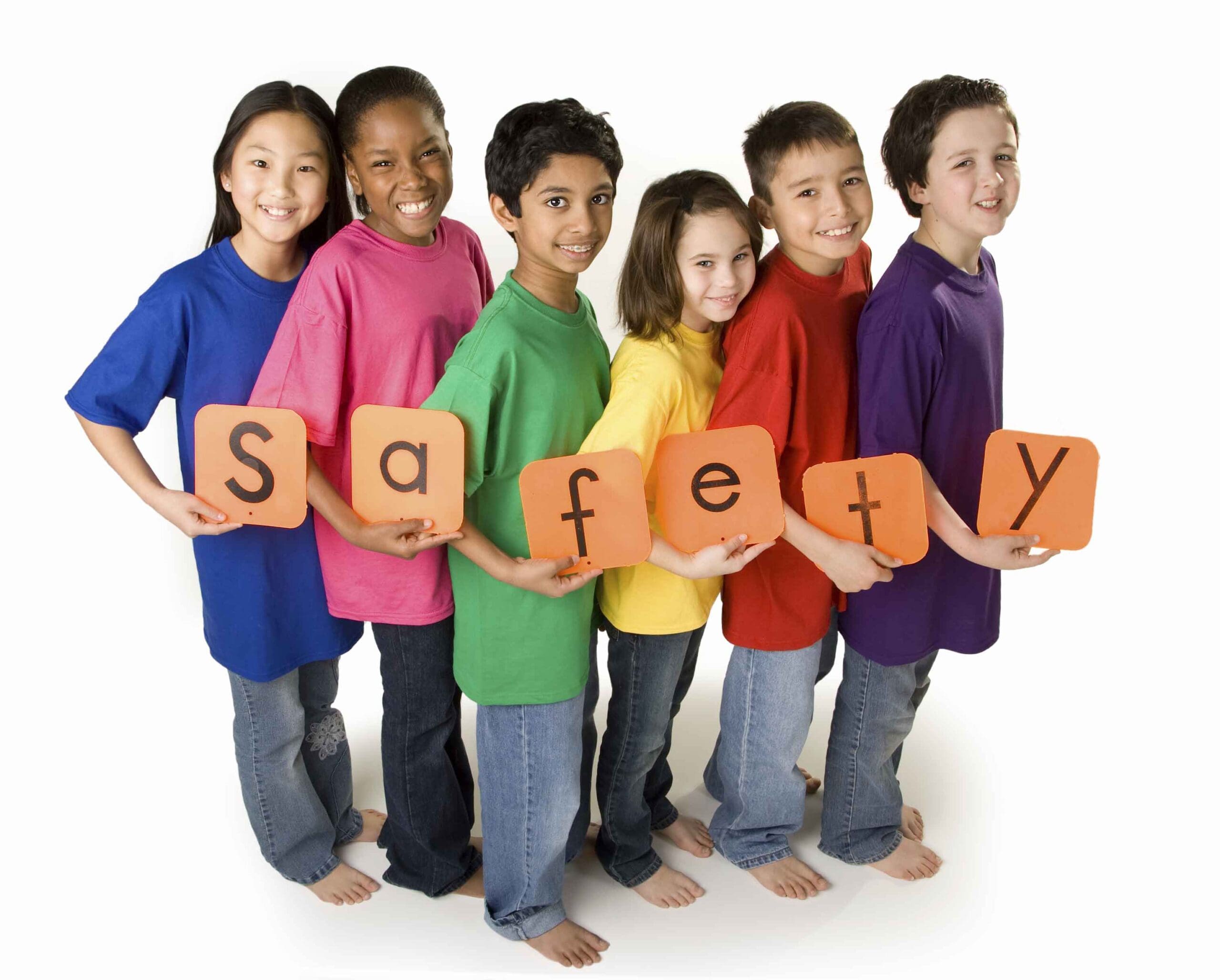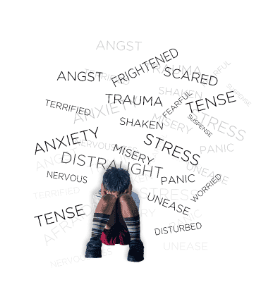In a recent shocking incident, teachers found themselves on the receiving end of pellet guns during an active shooter training exercise. As part of the drill, educators were instructed to kneel against a wall while being sprayed with plastic pellets, resulting in welts and bruises. This deeply troubling incident took place during an active shooter training conducted by a local sheriff’s office in Indiana, and it has sparked outrage and concerns about the methods employed in such exercises.
The training session involved officers from the White County Sheriff’s Office, and it was conducted with the assistance of an organization known as ALICE, which stands for Alert, Lockdown, Inform, Counter, and Evacuate. While ALICE’s approach is centered around teaching “option-based tactics” for responding to active shooter situations, the use of pellet guns is not a standard or recommended part of their training protocol.
ALICE’s website promotes a proactive approach to handling active shooter situations, which has been adopted by thousands of schools across the country. However, the use of pellet guns to simulate real-life threats has raised serious concerns about the potential physical and psychological harm inflicted on educators and students alike.
The Indiana State Teachers Association voiced their concerns on Twitter, highlighting the distressing incident after their members testified about the traumatic experience. Teachers were even reportedly asked not to disclose the details of what occurred during the training, leaving them in a state of fear and uncertainty. Some participants suffered not only welts but also injuries that drew blood, emphasizing the severity of the situation.
In any educational institution, the safety and well-being of both teachers and students should remain paramount. However, the use of pellet guns in active shooter drills is an extreme and, arguably, unnecessary measure. The trauma experienced by teachers during such exercises is deeply unsettling and should prompt a reevaluation of the methods used in these training sessions.
An alternative and less traumatic method to enhance safety in schools is the implementation of bullet-resistant doors, such as those offered by Unitedoor. The goal is simple: to turn classrooms into safe rooms where both educators and students can feel protected without enduring unnecessary trauma. These specially designed doors act as a reliable barrier against potential threats, providing a secure space within the classroom.
In conclusion, the incident involving teachers being shot with pellet guns during an active shooter drill has shed light on the need for safer and more humane methods of preparing educators and students for potential threats. The well-being of those involved should always be the top priority, and it is essential to explore alternative strategies that do not cause unnecessary harm or emotional distress. Turning classrooms into safe rooms with bullet-resistant doors is a proactive and effective solution that ensures both safety and peace of mind in educational environments.


